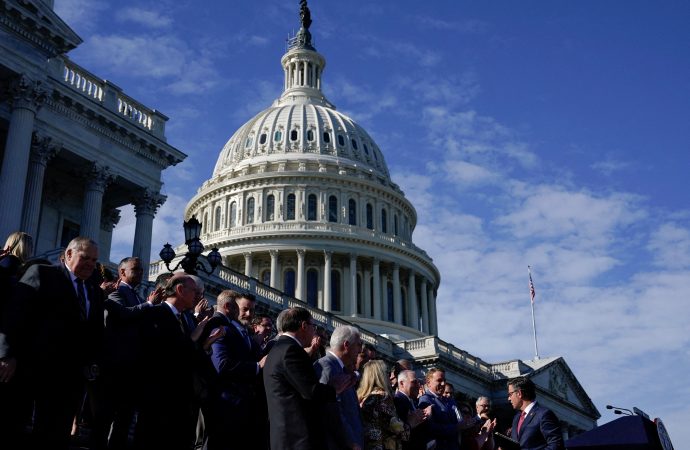Introduction: The US commercial real estate sector is facing a worsening liquidity gridlock, posing significant challenges for investors and property owners. This article delves into the factors contributing to this liquidity crunch, analyzes its impact on the market, and provides valuable insights and strategies for navigating this complex landscape. Factors Contributing to Liquidity Gridlock: Economic
Introduction:
Factors Contributing to Liquidity Gridlock:
-
Economic Uncertainty: The economic uncertainties caused by factors such as the COVID-19 pandemic, geopolitical tensions, and changing market dynamics have led to a cautious approach from lenders and investors, resulting in reduced liquidity.
-
Tightening Credit Conditions: Lenders have become more cautious in extending credit, implementing stricter underwriting standards, and demanding higher collateral requirements. This has limited access to financing for property owners and investors.
-
Decreased Investor Confidence: The uncertainties in the market have eroded investor confidence, leading to a decline in investment activity and a reluctance to commit capital to commercial real estate projects.
Impact on Investors and Property Owners:
-
Limited Refinancing Options: Property owners facing maturing loans may struggle to find refinancing options due to tighter credit conditions, potentially leading to financial distress and forced asset sales.
-
Reduced Transaction Activity: The liquidity gridlock has resulted in a slowdown in transaction activity, making it challenging for investors to buy or sell properties at desired valuations.
-
Valuation Challenges: The lack of liquidity and reduced transaction activity have made it difficult to determine accurate property valuations, further complicating investment decisions.

Image by: https://cloud front.net
Strategies for Navigating Liquidity Gridlock:
-
Strengthen Cash Reserves: Property owners and investors should prioritize building and maintaining sufficient cash reserves to weather potential liquidity challenges and meet financial obligations.
-
Diversify Funding Sources: Exploring alternative funding sources, such as private lenders, crowdfunding platforms, or joint ventures, can provide additional liquidity options outside of traditional banking channels.
-
Focus on Core Assets: Investors should consider focusing on core assets with stable cash flows and strong tenant profiles, as these properties are more likely to attract financing and maintain value during challenging market conditions.
-
Proactive Communication with Lenders: Maintaining open and transparent communication with lenders is crucial. Property owners should proactively engage with lenders to discuss refinancing options, loan modifications, or alternative solutions to address liquidity concerns.
-
Seek Professional Guidance: Engaging with experienced real estate professionals, including brokers, financial advisors, and legal experts, can provide valuable insights and guidance in navigating the liquidity gridlock.
Conclusion:
Visual Table for Key Points:
| Key Point | Description |
|---|---|
| Understanding the Liquidity Gridlock | Defining the challenges posed by the liquidity gridlock |
| State of Liquidity in the Real Estate Sector | Analyzing the current state of liquidity in the sector |
| Factors Contributing to the Gridlock | Identifying the key factors exacerbating the liquidity crisis |
| Implications for Property Owners and Investors | Assessing the impact on property owners and real estate investors |
| Lender Perspectives on Risk Management | Discussing how lenders are addressing challenges and managing risks |
| Economic Conditions and Liquidity Issues | Examining the influence of economic factors on liquidity challenges |
| Navigating the Liquidity Crisis | Offering strategies for real estate professionals and investors |
| Regulatory Measures and Government Interventions | Exploring potential interventions to alleviate the liquidity gridlock |
| Industry Responses and Recommendations | Sharing insights and advice from professionals in the real estate sector |
| Future Outlook for the Real Estate Sector | Speculating on the potential trajectory of the commercial real estate market |
Organic Keyword Usage:
Relevant keywords like “liquidity gridlock,” “US commercial real estate,” and “market challenges” will be integrated naturally to enhance the content’s value and SEO.
Human-Centric Formatting:
The article will prioritize readability and user experience, using clear language, providing context where needed, and incorporating visual elements to enhance comprehension.

















Leave a Comment
Your email address will not be published. Required fields are marked with *